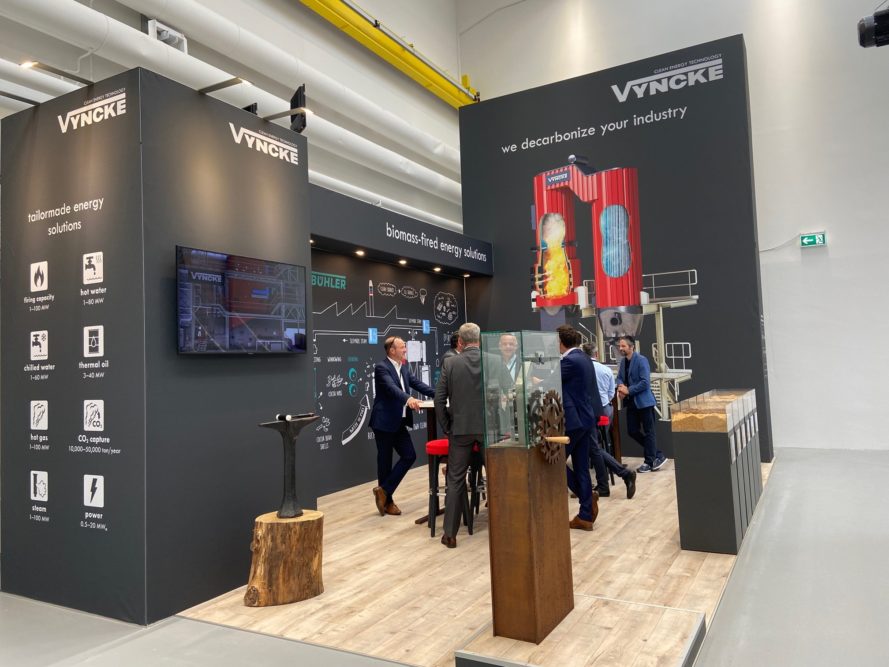UZWIL, SWITZERLAND — Bühler is investing in a new biomass energy project to help reduce its CO2 emissions at its headquarters in Uzwil, Switzerland.
It is building a test center with its Belgian partner Vyncke for recovering energy from biomass generated by Bühler’s application and training centers in Uzwil.
The facility also will be used for demonstration and testing purposes with customers and for further development of integrated energy efficiency solutions.
“The Bühler-Vyncke test center is an important step for us in implementing our sustainability goals and is intended to serve as an example for energy recovery options in food and feed production,” said Johannes Wick, chief executive officer of Business Grains & Food at Bühler.
In Uzwil, Bühler operates a large number of application and training centers, where the company develops and tests new processes and recipes for end products together with its customers: for grinding grains and cocoa, for example, to produce pasta, cereals, chocolate, feed, and meat substitutes from pulses. In addition, there is an experimental bakery and a school mill. All of these facilities produce about 550 tonnes of biomass annually. Bühler and its partner company Vyncke now want to use this biomass, which includes, for example, rice husks and cocoa shells, to generate CO2-neutral energy.
Vyncke specializes in converting biomass and industrial waste into clean energy and has been a strategic partner of Bühler since last year. Since biomass — unlike fossil fuels such as coal or oil — would release the stored CO2 anyway when it rots or decays, thermal utilization is recognized as CO2-neutral.
The plant, which is scheduled to go into operation in 2023, will become a cornerstone of heating energy at the Uzwil site and thus contribute to a significant reduction in the CO2 footprint. Together with other measures already implemented at the site — such as the switch to wood pellets — this test plant will reduce CO2 emissions for heating energy by over 60% (reference year 2015).
Worldwide, food production of wheat, rice, soy, corn, and cocoa generates more than 1 billion tonnes of side streams. In many cases, these are used as an ingredient in animal feed or are used as a source of energy; some rot unused or have to be transported halfway around the globe for recycling.
“How these byproduct streams can be used most appropriately must be analyzed and determined on a case-by-case basis,” Wick said. “What is clear, however, is that energy generation from biomass as an integrated part of process solutions for food has not been systematically developed and therefore has an enormously high potential, both from a business and sustainability perspective.”
In order to objectify the findings of the test plant, the project is being scientifically supported by the Swiss Federal Laboratories for Materials Testing and Research EMPA. Among other things, it will be investigated whether the boiler ash can be reused. Depending on the product that is burned, the ash could be a good basis for fertilizer or used in building material production.
“The more completely we can use the ingredients of the side streams, the more we will move toward a closed-loop economy with less waste and optimal energy yield,” Wick said.






